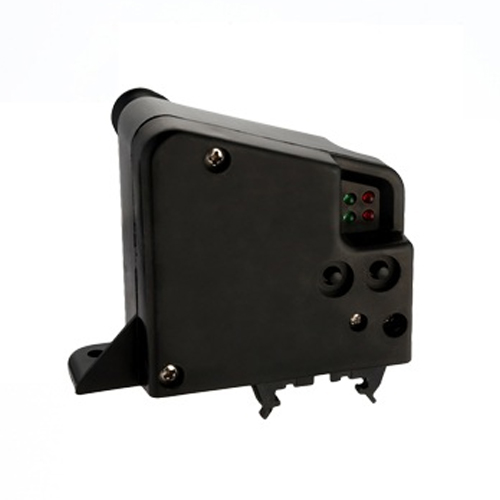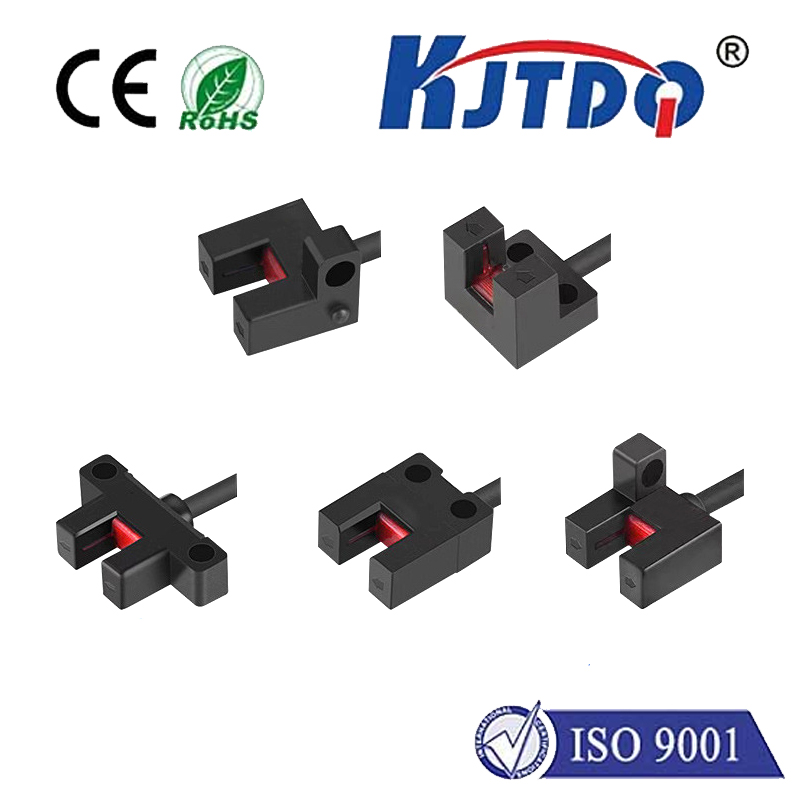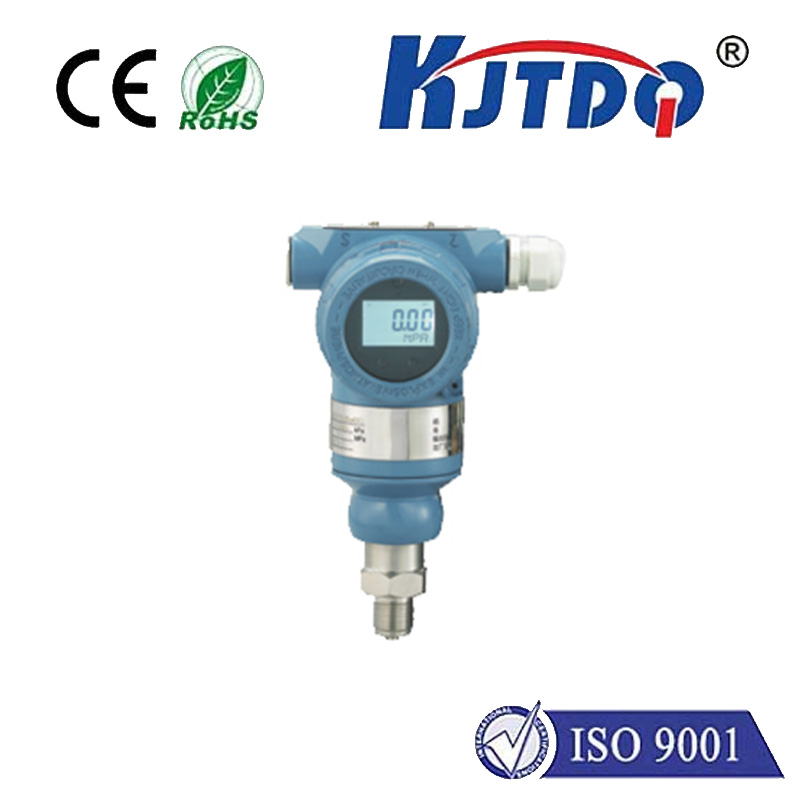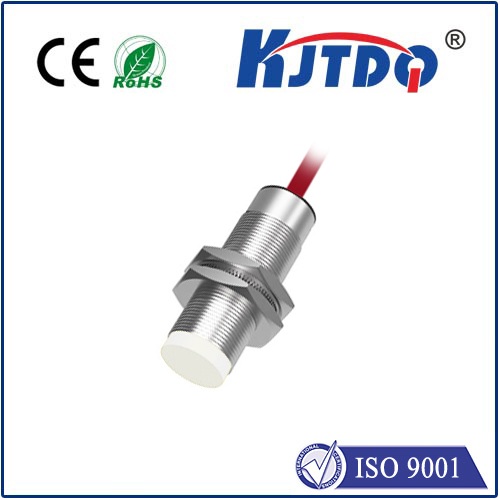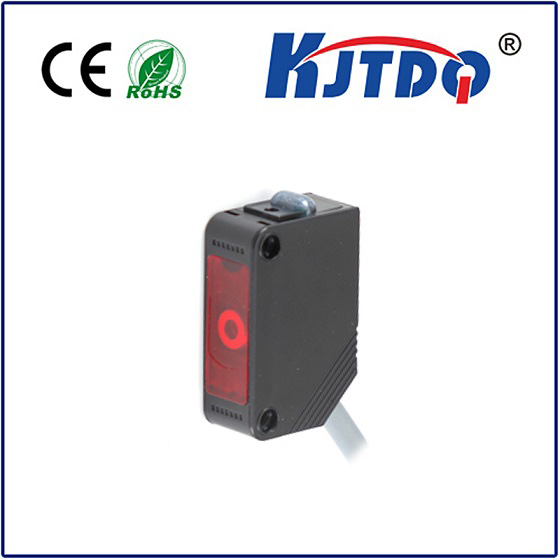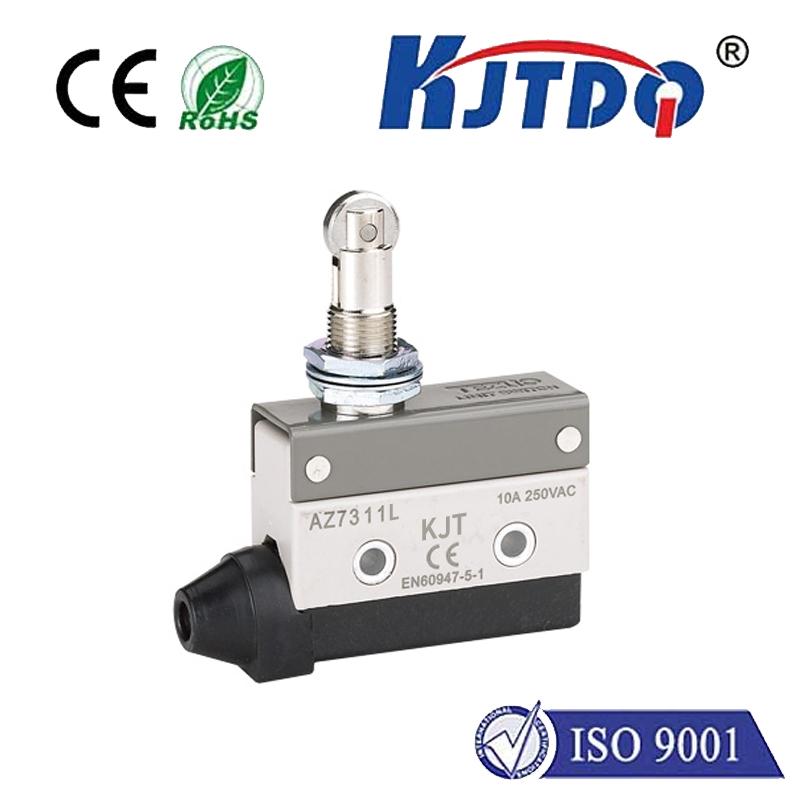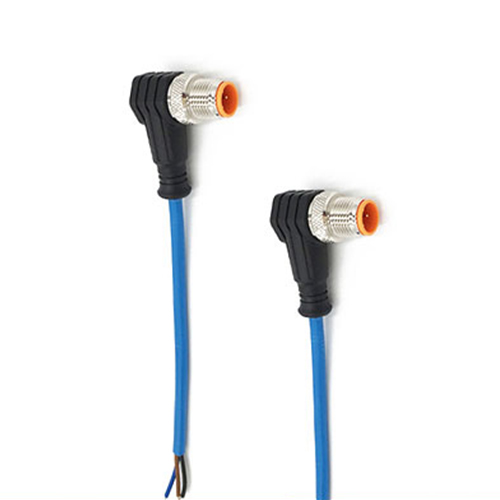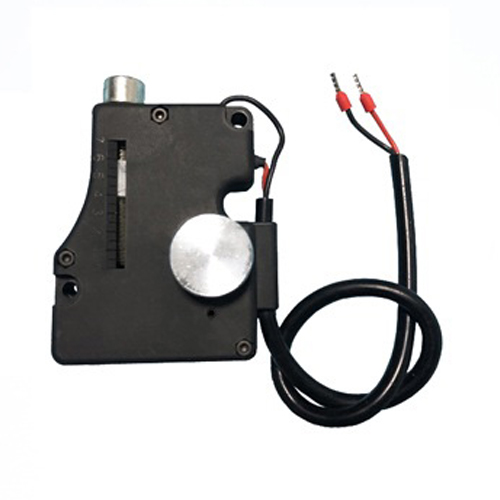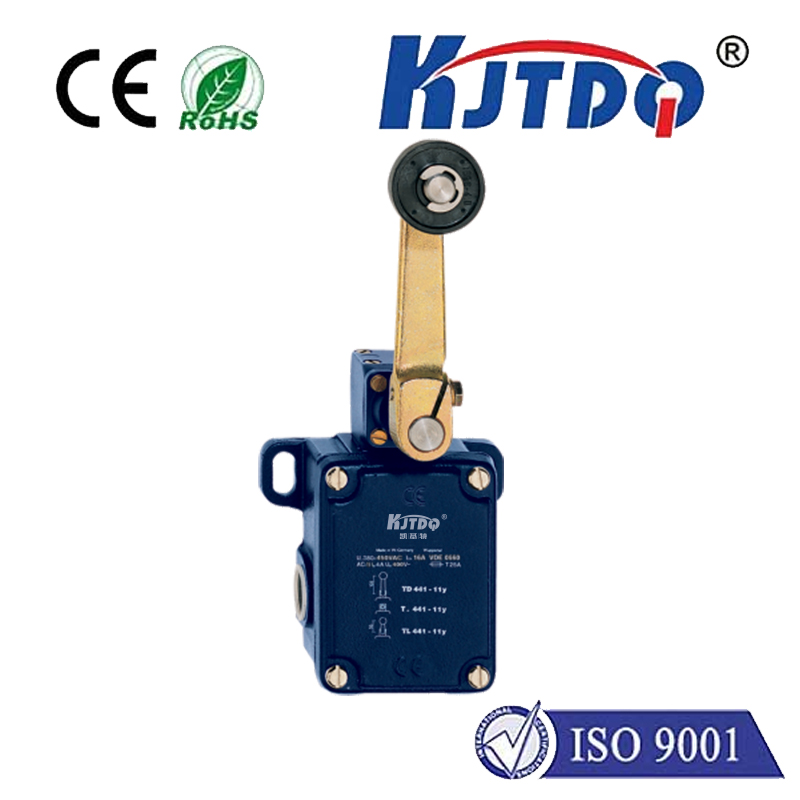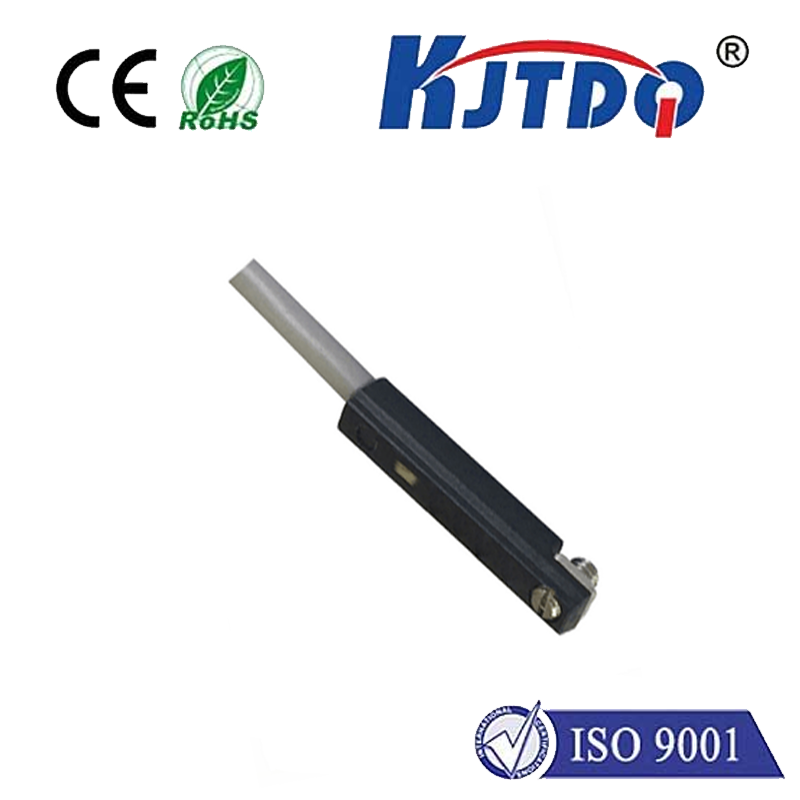

check

check

check

check

check

check

check

check

check

check
In many industrial applications, we often need to use proximity switches to detect and control objects. However, in some special high-temperature environments, ordinary proximity switches are difficult to meet production needs. For this reason, high-temperature-resistant proximity switches are produced. So, what is the principle of high temperature resistant proximity switch?
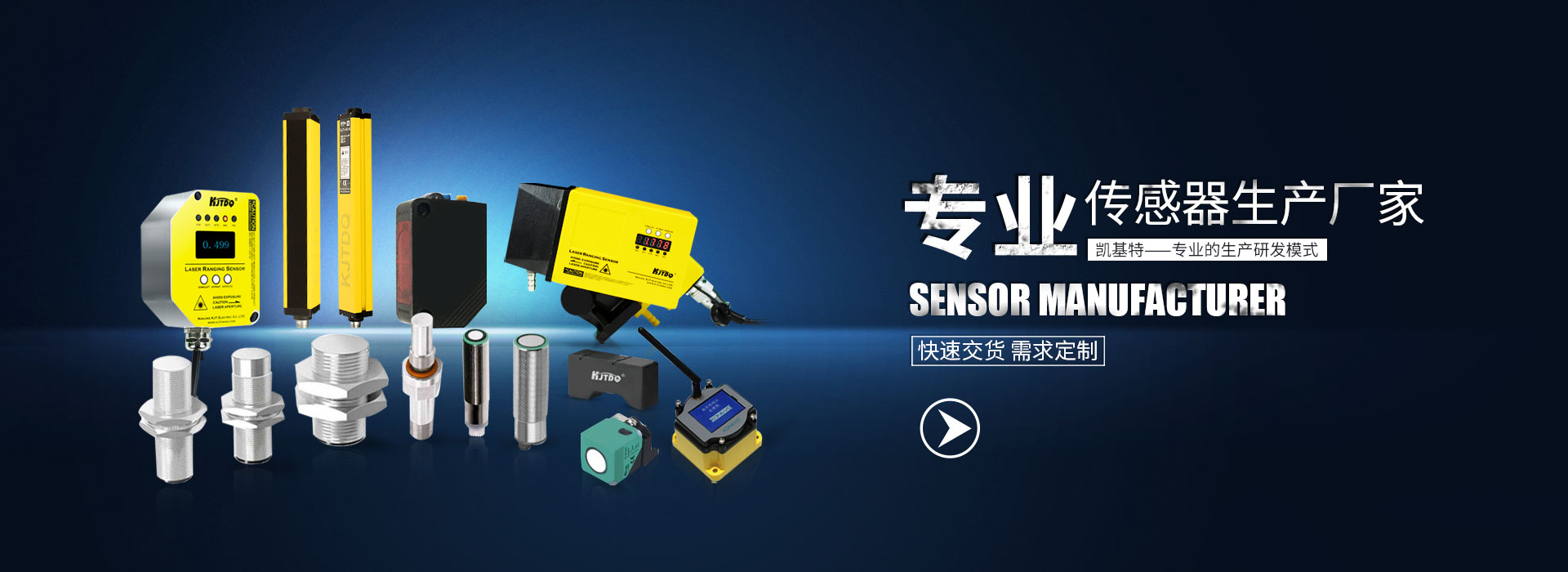
It mainly uses the special design of materials and shells to withstand high temperature environments. At present, the common high-temperature resistant proximity switch materials on the market mainly include ceramics, stainless steel, tungsten steel, etc. These materials have excellent heat resistance and corrosion resistance. In addition, high temperature resistant proximity switches also need to consider the special design of their structure.
For example, novel contact materials and designs may be used in the construction of high-temperature-resistant proximity switches to improve contact reliability and response speed. Take the tungsten steel high temperature resistant proximity switch as an example. Its contacts are made of tungsten steel material, which makes the contact points have better conductivity, wear resistance and corrosion resistance, and can achieve a longer service life.
In addition, the high temperature resistant proximity switch will be optimized through parameters such as stroke and sensitivity to improve the accuracy and efficiency of detection and control. For example, stainless steel high-temperature-resistant proximity switches adopt high-precision mechanism and stroke design, which can ensure fast response and accurate detection results. This can avoid errors caused by material expansion and deformation in high temperature environments.
In short, the principle of high temperature resistant proximity switch is mainly realized through special material selection and design. It can not only withstand extremely harsh environments such as high temperature, high pressure, acid and alkali, but also ensure the accuracy and reliability of detection and control. Therefore, in some high-temperature environments, high-temperature-resistant proximity switches are increasingly widely used, providing a more stable industrial automation production system for various industries.
